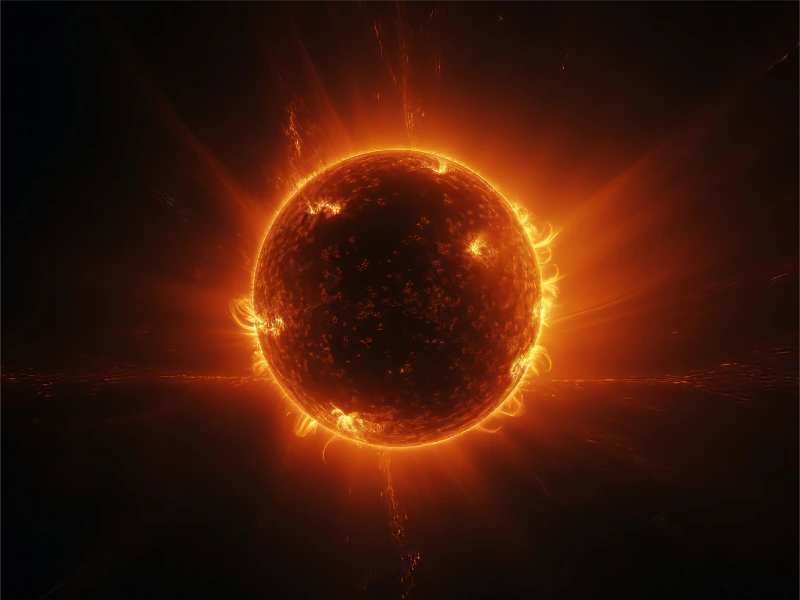- A solar eclipse happens when the moon aligns between Earth and the sun, casting its shadow over our planet.
- According to an AT&T spokesperson, the eclipse itself is not anticipated to directly impact their wireless network operations.
This article will introduce the definition, types of solar eclipses and their relationship with cell services.
What is solar eclipse?
According to NASA, a solar eclipse happens when the moon aligns between Earth and the sun, casting its shadow over our planet. This alignment typically occurs during the new moon phase, happening approximately twice a year.
Types of solar eclipses
There are four distinct types of solar eclipses, determined by how much of the Sun’s disk is obscured and which part of the Moon’s shadow falls on Earth.
1. Partial solar eclipses
They occur when the Moon partially covers the Sun’s disk, casting its penumbra (partial shadow) on Earth.
2. Annular solar eclipses
They happen when the Moon’s apparent size is smaller than the Sun’s, leaving the Sun’s outer edges visible to form a ring of fire in the sky. This occurs when the Moon is near apogee (farthest from Earth), and its antumbra (outer shadow) touches Earth.
3. Total solar eclipses
They occur when the Moon completely covers the Sun, visible only within the path where the Moon’s darkest shadow, the umbra, falls on Earth. Total eclipses can only happen when the Moon is near perigee (closest to Earth).
4. Hybrid solar eclipses
They also known as annular-total eclipses, the rarest type. They occur when an eclipse transitions between being annular and total along its path, or vice versa.
Also read: Who is Dan Romero? Former Coinbase VP, co-founder of Farcaster (btw.media)
Also read: DMZ Network: Definition, working principles and benefits (btw.media)
Will the solar eclipse disrupt cell services?
During the 2017 total solar eclipse that crossed America, AT&T observed network usage spikes of up to 15% near certain cell towers within the path of totality. Despite experiencing a widespread outage affecting millions in February, AT&T assures readiness for the upcoming eclipse on Monday. According to an AT&T spokesperson, the eclipse itself is not anticipated to directly impact their wireless network operations.
Verizon and T-Mobile similarly express confidence ahead of this celestial event. Verizon spokesperson Chris Serico informed CNN that they do not foresee any operational disruptions from the 2024 solar eclipse. Verizon has bolstered its infrastructure along the eclipse path, having built and activated 19 new cell sites in New York’s Niagara and Erie counties since early 2023. In Northeast Ohio, Verizon has activated 60 additional cell sites across six counties in the path of totality. Moreover, in the Dallas area, Verizon has brought online 375 new cell sites.
Serico added, “In locations where crowds may gather to witness this event, we are confident that the enhanced capacity we’ve integrated into our network over recent years will accommodate any surge in data usage.” T-Mobile is also preparing by deploying extra temporary cell sites, known as Cellular on Wheels (COWs), in areas expecting high tourist traffic. Since the previous eclipse, major cell providers have benefited from advancements in 5G technology. AT&T has expanded its 5G network to cover over 295 million people in up to 24,500 cities and towns throughout the US. “Since the 2017 solar eclipse, all 5G launches and enhancements have been integrated into our network,” stated Verizon’s Serico.

